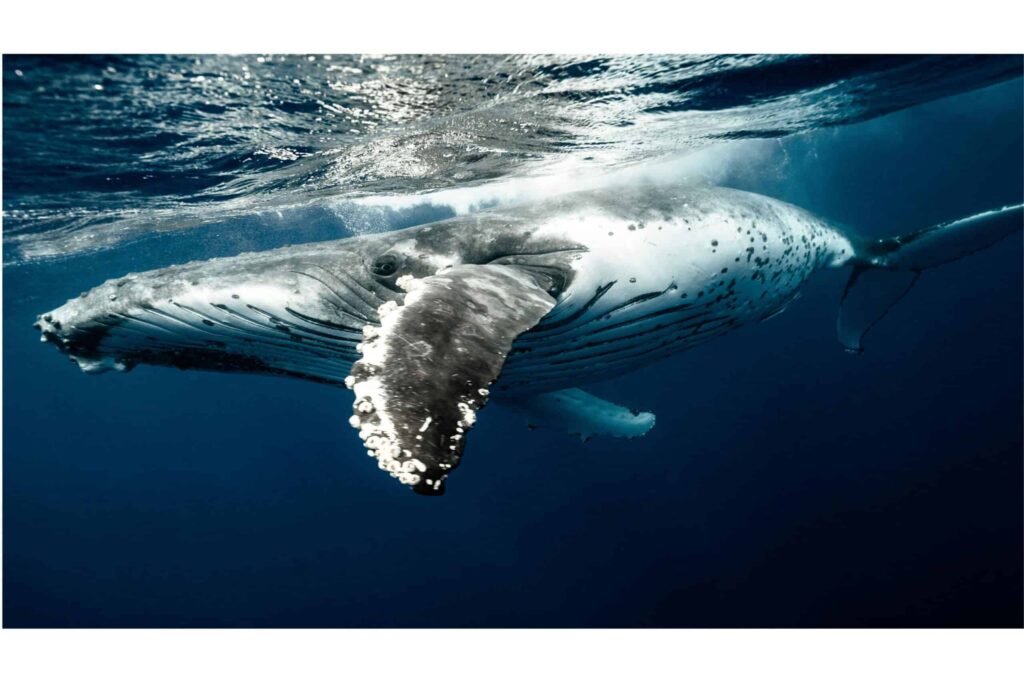The ocean is a symphony of sound, and at the center of this majestic orchestra are the whales—among the most vocal and intelligent creatures in the marine world. Scientists have long been intrigued by the songs and calls of these gentle giants, and recent research has offered fascinating insights into the nuances of their communication.
The Acoustic Environment of Whales

Whales inhabit a world where sound is of paramount importance. In the depths of the ocean, light fades and visibility is limited, making sound the primary means of communication and navigation for these mammals. They’ll use sound waves to communicate with each other, locate prey, and even navigate through vast and dark underwater environments.
The sounds that whales produce can vary dramatically between species and even among individuals, ranging from clicks and whistles to complex songs and moans. These sounds travel great distances underwater, facilitating communication over several miles.
The Purpose Behind the Calls

Whale sounds serve a multitude of purposes. Communication is key in social interactions among groups, or pods, of whales. These sounds ensure cohesion within the group and assist in coordination during their extensive migratory journeys. In fact, certain species, like the humpback whale, are known for their elaborate songs, which scientists believe play a role in mate attraction and competitive interactions between males.
Furthermore, echolocation is an important function for many toothed whales, like the sperm whale and the orca. These whales emit clicks that bounce off objects in their environment, allowing them to pinpoint the location of prey, obstacles, and other whales.
Decoding Whale Songs: What Are They Really Saying?

One of the most compelling aspects of whale communication is their songs. Primarily the domain of the humpback whale, these songs are long, complex sequences of moans, cries, and howls that can last for hours. The intricacies of these songs have led researchers to propose that they might have a language-like structure, though it is not yet fully understood.
Researchers analyze these songs by breaking them down into themes, phrases, and units, much like studying a human language. Each of these components can alter over time, offering scientists a glimpse into cultural transmission within whale populations. It’s a riveting subject, as songs are often passed down and modified from one generation to the next, leading to the notion of dialects within whale communities.
The Challenges of Whale Communication Research

Studying whale communication is not without its challenges. The vastness of the ocean, the varying depths at which whales swim, and the sheer complexity of their vocalizations make research difficult. Additionally, human-generated noise pollution in oceans, from shipping vessels and industrial activities, poses a significant threat to the natural communication channels of whales, potentially leading to disorientation and stranding events.
Despite these hurdles, technological advancements like underwater microphones, called hydrophones, and sophisticated data analysis software have enhanced our ability to study these enigmatic creatures and gain a deeper understanding of their language.
The Importance of Understanding Whale Communication

Delving into the secret language of whales is not just a pursuit of scientific knowledge; it is crucial for the conservation of these magnificent creatures. By comprehending how whales communicate, researchers can develop strategies to protect them from anthropogenic threats and disruptions to their natural behaviors.
Furthermore, understanding the complex social structures and communication methods of whales offers broader insights into the evolution of communication among other species, including humans. The similarities observed in problem-solving, social interactions, and the cultural transmission of knowledge hint at a profound connection across species that share our planet.
The Future of Whale Communication Research

The quest to decode the secret language of whales is ongoing, promising exciting revelations as technology and methodology advance. Scientists continue to unravel the mystery behind these ocean melodies, striving to piece together the narrative of whale communication and its implications not only for the species themselves but for our understanding of communication as a whole.
The more we learn about whale communication, the more we are reminded of the intricate and interconnected world we share with all living beings. Through these studies, may we foster a deeper appreciation and a more profound commitment to preserving our oceanic neighbors and their vital environments.



